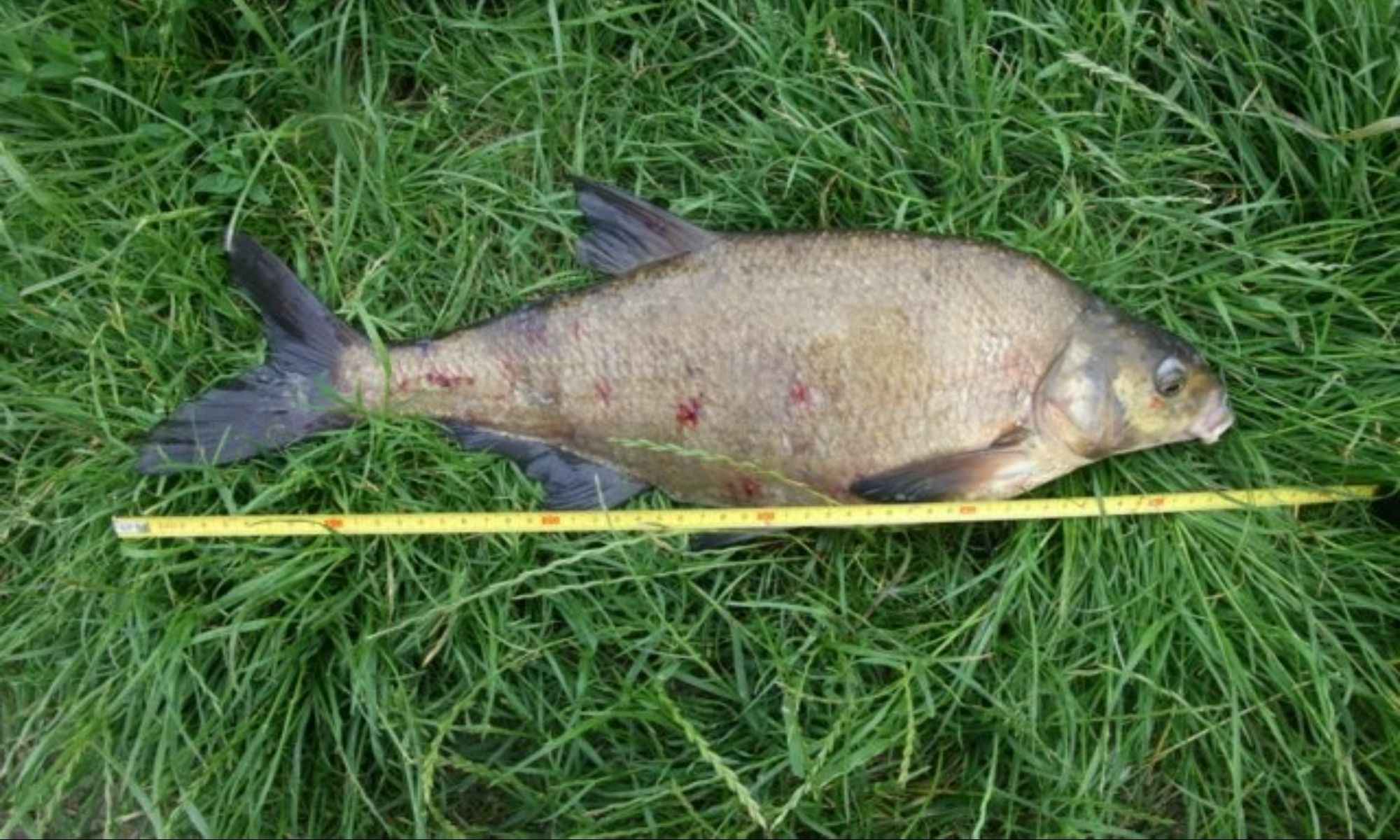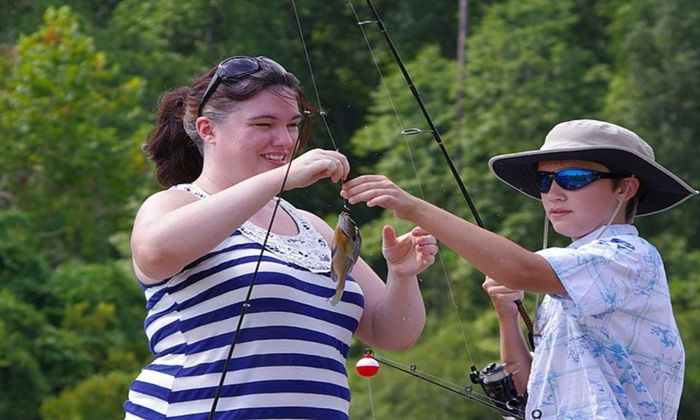10 Tips on How to Catch Brim Fish
Check out these top tips to up your bream fishing game.

10 Tips on How to Catch Brim Fish

Brim or bream are the most abundant fish and the easiest to catch. You can find bream in almost any body of water, whether it's bluegill, goggle-eyes, sunfish, chinquapin, and other kinds of panfish hybrids. Bream fishing is loved for many reasons; they give you a hearty fight despite their size, are excellent at eating fish, and are great fish to learn angling with.
Bream anglers have their methods of catching them, but having a few tricks up your sleeve can increase your chances of a successful brim fishing session. You can improve your brim fishing skills by trying new concepts or techniques using them when traditional approaches fail. Whether you're bluegill fishing, targeting small fish, or bigger fish, try these tips and tricks out the next time you target bream:
1. Look for Cover and Fish Shallow
Bream fish feed at all levels - scavenging at the bottom, hunting for food from aquatic vegetation at mid-depths, or picking at insects from the surface. You can find them on a dense surface or in open water. But your chances of locating bream in shallow areas are greater because they like to be in areas with structures and covers. They also don’t want to venture too far out the water with more predators. That is where you’ll also find spawning beds during spawning season, which means you’ll spot plenty of bream and larger fish.

Start scouting along the bank and look for stained water or sandy and gravelly areas. Try casting your line in four feet of deep water or less. It’s better to find places with thick cover as that’s where you’ll find larger bream hiding. Look for weed beds, brush piles, fallen or standing timber, brushy treetops, lily pads, docks, rip-rapped banks, stumps, and other covers. You can find redbreast sunfish living in deep pools near rocky or woody surfaces out of the fast current. Species like redear sunfish are bottom feeders, so the tactic of fishing shallow may not be as effective with them.
2. Use Small Hooks, Weights, and Corks
Bream have small mouths, so safe to say that if you have a small rig setup, the chance of them biting and you reeling them in is higher. A small hook is more likely to get into the fish’s mouth, while small corks offer less resistance when they’re bitten. Small weights will help keep your line from plunking too deep and fast. They sink slower and more naturally, so you can avoid spooking the fish.
3. Bait Tricks
The easiest bait to use for bream are crickets though worms produce more bites. Live bait is always effective on the common bream (even big bream.) The latter is just messier to work with. Some anglers like to chuck in a piece of banana peel in cricket cages, adding more flavor and aroma to help attract fish. If you’re hoping to catch trophy-sized bream, use 2 to 3-inch minnows. Hook the small fish through their lips, so small-mouthed bream can easily swallow them. Try using mealworms if you want a bait that is low maintenance. They can be kept alive for weeks while refrigerated. When you bring them along on your next trip, store them in a covered container filled with cornmeal. Make sure to always have the point of your hook covered with bait; it makes a big difference to the fish.
4. Lure Tricks
Using small topwater plugs that resemble natural forage like grasshoppers, little frogs, small crayfish, and tiny shad are terrific for hooking bream that frequent lily pads. Cast the plug to an opening in or near the pads, then let it settle and occasionally twitch it to produce ripples on the water’s surface. Another excellent bream lure is a rooster tail spinner, which is a lure for hard strikes and fast retrieves. You can buzz it past stumps, rip it over brush piles, or troll it behind your boat. Try using a sponge rubber spider to fly fish for bream. It’s a great lure to use when fly fishing if you want to target bream situated at the bottom as it soaks up water and slowly sinks.
5. Fish Slowly and Quietly
If you’re specifically interested in hooking large bream, be incredibly attentive to causing noise and disturbances because sizable fish aren’t as tolerant as their smaller counterparts. Wear soft-soled shoes if you’re fishing from a boat. Arrange all your gear in advance so you won’t fumble about and accidentally cause a disturbance. The key to targeting trophy bream is to fish slowly and quietly.
6. Go Night Fishing
The largest bluegill and redear sunfish you’ll find feed primarily at night in some waters during the summer. You can land them using lures like soft spinnerbaits or having a rig with no bobber. It's always good to check the local fishing report to ensure you're safe and not wasting your time going out fishing at night.

7. Chum with Eggshells
Chum with eggshells if bream fishing is slow. Crush the shells and sprinkle them overboard as the fragments that drift down attract baitfish and attract bream ready to eat them.
8. Prepare to Get Wet
Larger bream tend to hide in areas difficult to reach by boats, such as lakes with many shallow areas and flooded timber. To target those fish:
- Have a set of waders prepared.
- Walk slowly and carefully with a long pole to place bait in front of the feeding fish.
- Look out for swirls where you’ll spot feeding fish.
9. Clear Your Ears
When fishing in vegetation, a good tactic is to listen for fish as they make smacking noises. The noises are created when bream suck up food from the smooth bottom of a lily pad or leafy plant.
10. Be Flexible
Any angler should be open to trying different kinds of presentations if one doesn’t work. Try to change your lure’s color, size, or style. Switch up the speed of your retrieve. Experiment with various live baits. Sooner or later, you’ll come up with an effective combination that you can use as a reference for future angling sessions.
With these fishing tips imparted to you, you’ll be catching plenty of bream in no time. Remember to not worry about them not biting and have fun; they will eventually bite.



